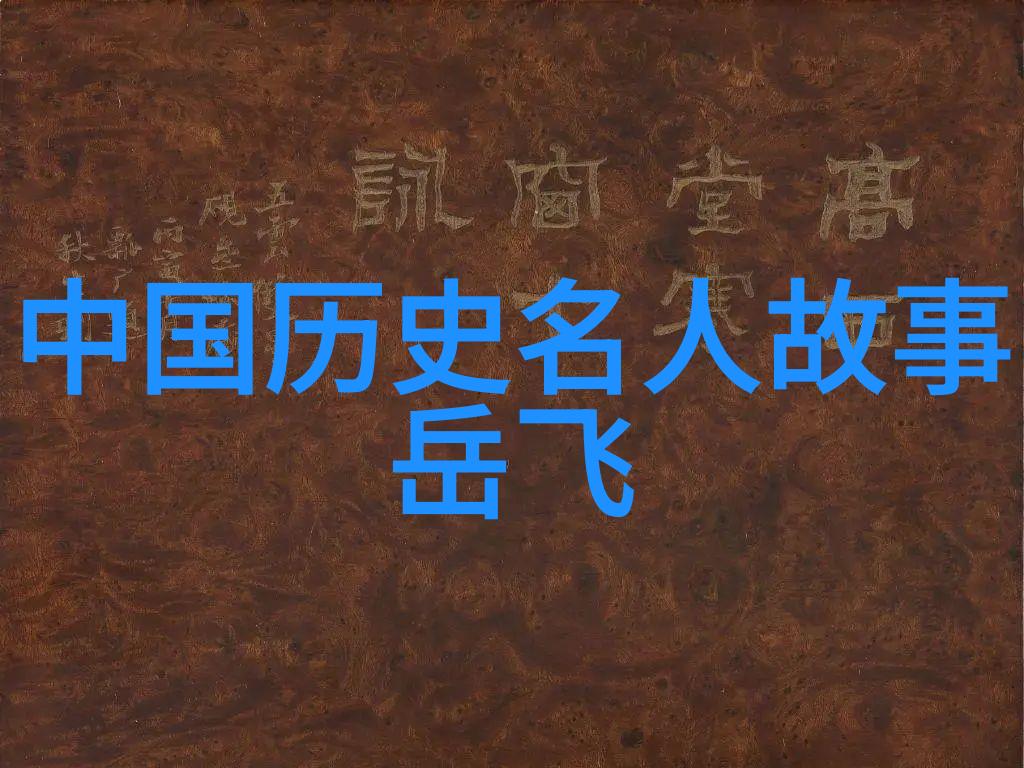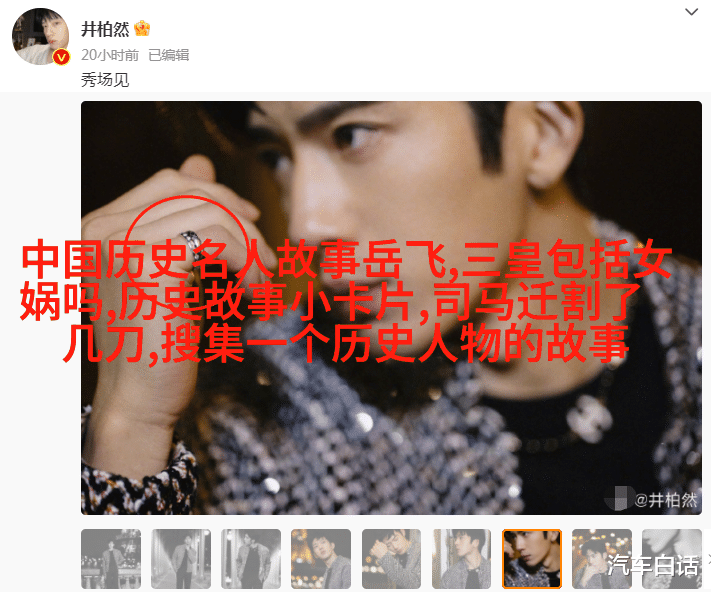在中国悠久的历史长河中,盘古、女娲、伏羲和神农被尊为“四大创世者”,他们分别以不同的方式对人类社会产生了深远影响。随着时间的推移,这些传说故事不仅成为了一种精神文化的载体,也在一定程度上影响了后来的科技创新和社会发展。其中,四大发明——印刷术、造纸术、指南针和火药—are often regarded as the epitome of Chinese ingenuity and innovation. How do these four inventions relate to the three creators, and what kind of impact did they have on Chinese society?

The earliest recorded history of China dates back to around 2100 BCE with the Shang Dynasty. During this period, people began to worship a pantheon of gods who were believed to control various aspects of life and nature. Among them, there were three powerful deities: Pangu (盘古), Nuwa (女娲), Youxiong (有巢) or Fuxi (伏羲), and Shennong (神农). They are considered the first humans created by either heaven or earth.
Pangu is said to be the creator of all things in ancient Chinese mythology. According to legend, he was born from an egg that cracked open after a long time in chaos. From his body came heaven and earth, mountains and rivers, animals and plants—everything needed for life on Earth.

Nuwa is known for her role as a goddess who repaired Heaven when it was broken into pieces by a monster called Chijiaozi(蚩尤). She also created humans using yellow clay taken from Mount Tai.
Fuxi is credited with inventing writing systems such as oracle bones inscriptions during his reign over China's mythical Xia dynasty.

Shennong is often referred to as "the divine farmer" because he introduced agriculture to humanity. He discovered many medicinal herbs while cultivating crops in fields infested with insects that would later become pests if not controlled through farming techniques developed by him.
These four figures represent different aspects of human civilization: creation itself; repairwork; knowledge transmission; agricultural progress—and each played significant roles in shaping early human societies' understanding about their place within nature.

Now let us delve deeper into how these creations influenced technological advancements:
Printing Technology
Printing technology revolutionized communication among scholars across vast distances during dynasties like Tang or Song periods where books were laboriously hand-copied for centuries before woodblock printing emerged around 1045 AD under Emperor Renzong’s rule at Song dynasty capital Kaifeng.

Papermaking
Paper production began c.a 105 CE when Cai Lun invented paper made from mulberry bark rags hemp fibers silk waste rice straw etc., replacing papyrus bamboo leaves or animal skins which had been used until then.
Compass
Compass use can be traced back even earlier than written records but it wasn’t widely adopted until Genghis Khan’s Mongol Empire spread it throughout Asia along trade routes established during Han Dynasty times.
Gunpowder
Gunpowder invention has its roots in alchemy experiments dating back possibly thousands years ago yet widespread use didn't occur till Song Dynasty military strategist Zeng Guofan deployed gunpowder weapons against invading forces during Taiping Rebellion late Qing era around 1850s-1864s though precise timing remains debated among historians due limited documentation available today compared historical events since then especially given lack reliable evidence proving direct link between powder development discoveries following earlier attempts failed experimentation methods
In conclusion while we cannot definitively prove causal relationships between specific historical figures’ actions leading directly towards development particular technologies , we can see patterns emerge suggesting cultural influences tied closely together — making our world better equipped now than ever before thanks largely efforts individuals & communities striving improve lives others - all part grand tapestry woven richly diverse cultures intertwining threads past present future intertwined .
